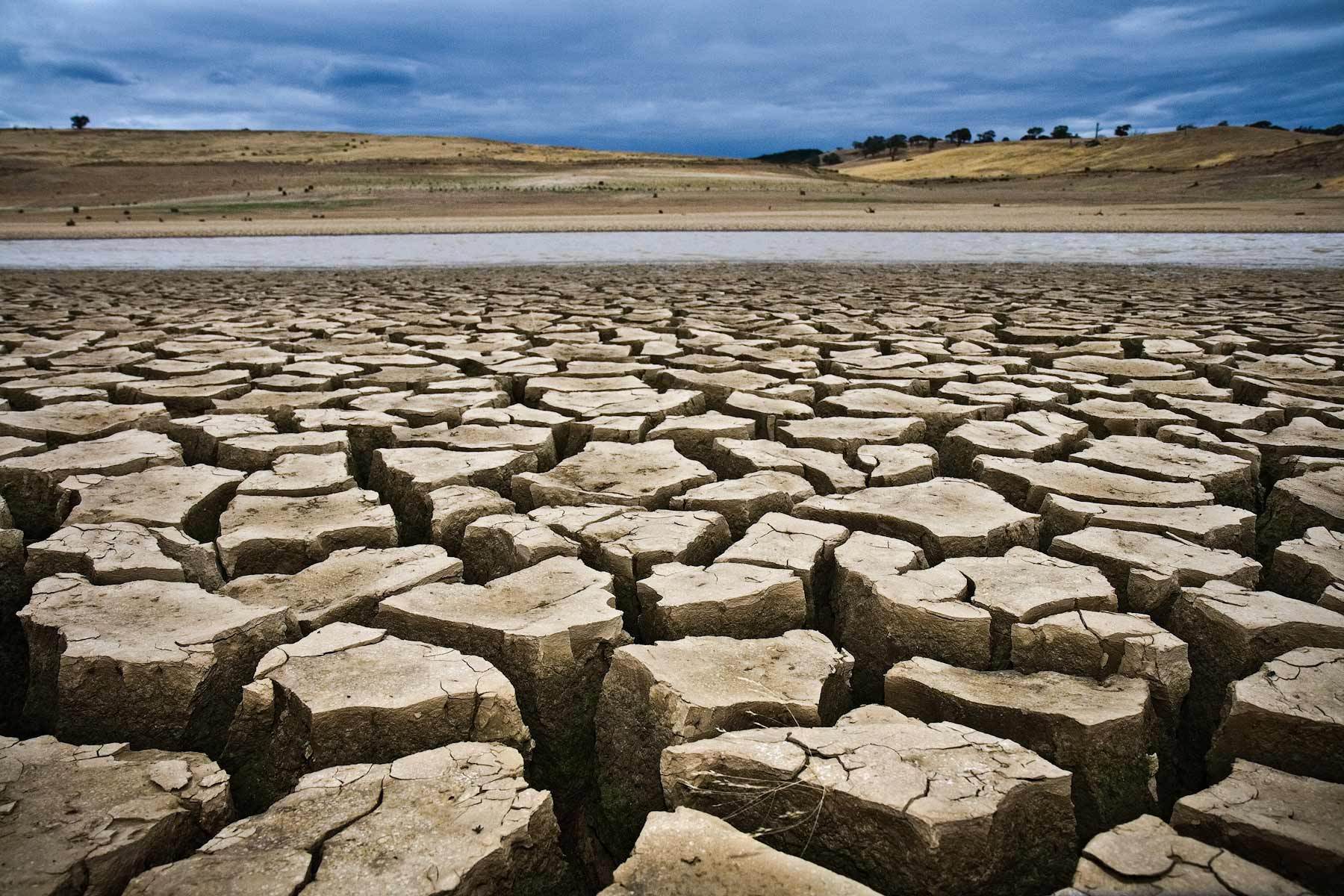
California
U.S. Droughts Will Be the Worst in 1,000 Years
The Southwest and central Great Plains will dry out even more than previously thought

The dryness of soil, basically measured as a balance between precipitation and evaporation, is predicted to drop steadily in the U.S. central Great Plains and Southwest, during the second half of this century.
Credit: Unprecedented 21st Century Drought Risk in the American Southwest and Central Plains. Benjamin Cook et. al in Science Advances, Feb. 12, 2014.
SAN FRANCISCO—Several independent studies in recent years have predicted that the American Southwest and central Great Plains will experience extensive droughts in the second half of this century, and that advancing climate change will exacerbate those droughts. But a new analysis released today says the drying will be even more extreme than previously predicted—the worst in nearly 1,000 years. Some time between 2050 and 2100, extended drought conditions in both regions will become more severe than the megadroughts of the 12th and 13th centuries. Tree rings and other evidence indicate that those medieval dry periods exceeded anything seen since, across the land we know today as the continental U.S.
The analysis “shows how exceptional future droughts will be,” says Benjamin Cook, a research scientist at the NASA Goddard Institute for Space Studies in New York City and lead author of the study. The work was published online today in the inaugural edition of Science Advances and was released simultaneously at the American Association for the Advancement of Science annual meeting here.
Cook and his colleagues reached their conclusion by comparing 17 different computer projections of 21st century climate with drought records of the past millennium, notably data in the North American Drought Atlas. (The atlas is based on extensive tree-ring studies conducted by Cook’s father, Edward, a researcher at Columbia University’s Lamont-Doherty Earth Observatory.) The models consistently demonstrated drought worse than at any time during that epoch, and worse than thecurrent drought out West, which has prevailed for 11 of the previous 14 years, according to the U.S. Drought Monitor. In 2014 the drought cost California more than $2 billion in agricultural loses alone, according to the University of California, Davis.
The models also revealed that the drying in the Southwest would result from a combination of less rain and greater soil evaporation due to higher temperatures. They were not as conclusive about less rain in the central Great Plains but all showed more evaporation there. “Even where rain may not change much, greater evaporation will dry out the soils,” Cook says.
Drought, of course, means more stress on crops and possibly greater water shortages in urban areas. “We have strategies today to deal with drought—develop more drought-resistant crops, use more groundwater,” Cook says. “But if future droughts will be much more severe, the question is whether we can extend those strategies or if we need new ones.” Municipal planners and legislators may have a tough challenge, and groundwater is a finite resource. “Our water laws and sharing agreements are very convoluted,” Cook notes. Untangling them in order to make conservation measures practical and equitable "could become a wicked problem.”
The next step for Cook’s group will be to try to determine when the transition to severe drought will begin: in the next 20 years, the next 50 years? We’re still uncertain about that,” he says.
No comments:
Post a Comment